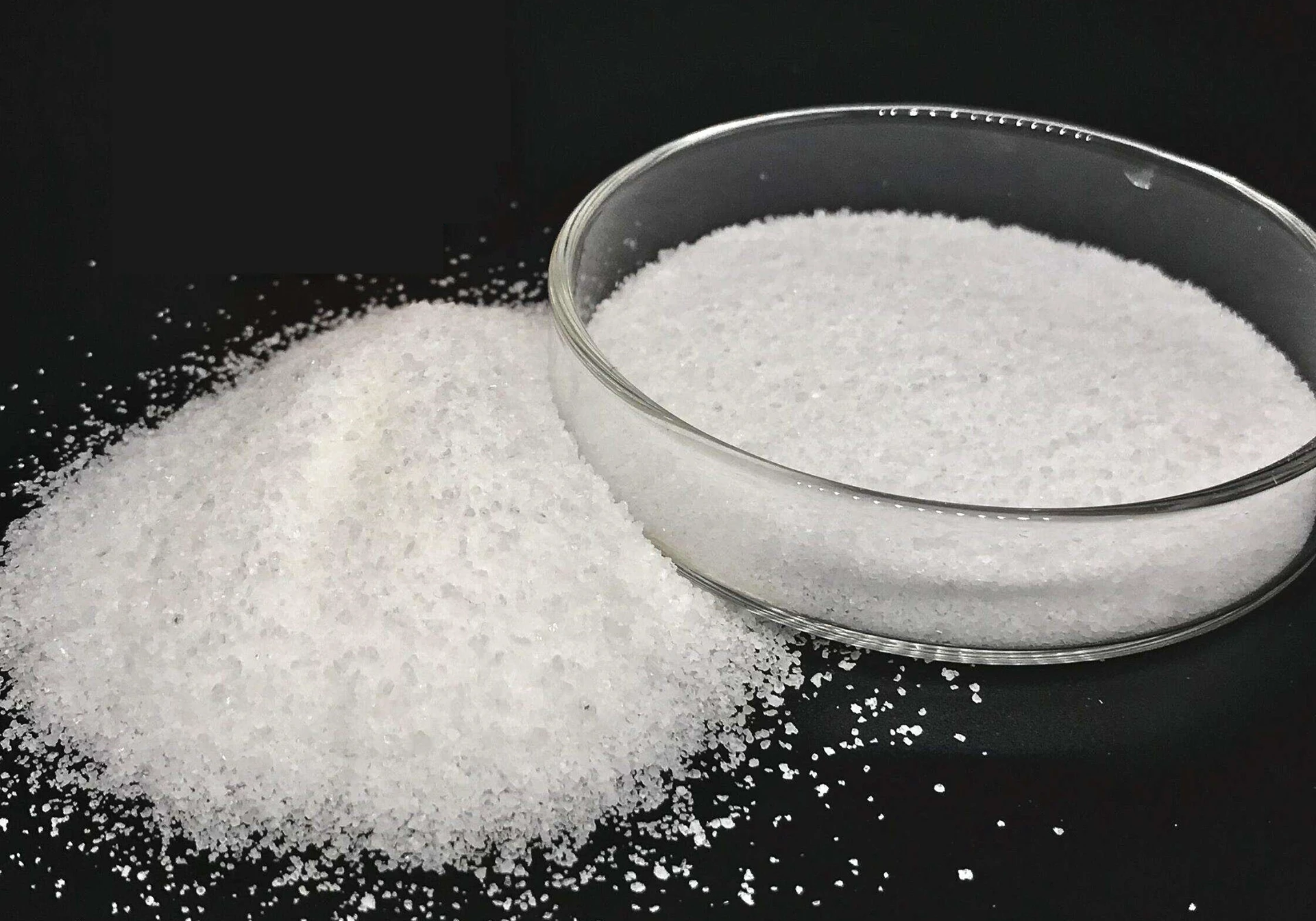



Sodium Bisulfate
Fev . 10, 2025 12:17
Back to list
Sodium Bisulfate
Maintaining a perfect pool requires precision and understanding of the chemistry involved. Sodium bisulfate is a commonly used chemical to lower pH and alkalinity in swimming pools. Here’s a comprehensive guide on how to safely and effectively add sodium bisulfate to your pool water.
1. Read the Instructions Sodium bisulfate products come with specific instructions regarding the quantity and method of application. Ensure you read and understand them before proceeding. 2. Dissolve the Product For best results, pre-dissolve the sodium bisulfate in a bucket of water. This step helps avoid any granules settling at the bottom of the pool, which can cause surface damage. 3. Distribute Evenly Slowly pour the dissolved solution into the deep end of the pool while the water is circulating. This helps spread the chemical evenly, ensuring the entire pool is treated. 4. Run the Pump Allow the pool's pump and filtration system to run for at least two hours to ensure complete mixing of the chemical throughout the water. 5. Retest the Water After a few hours, retest the pool water to ensure the pH levels have adjusted to the desired range. If further adjustment is necessary, repeat the process with a smaller amount to avoid overcorrection. Additional Tips - Avoid adding sodium bisulfate on windy days to minimize chemical drift, which can affect unintended areas. - Store sodium bisulfate in a cool, dry place, away from other pool chemicals to prevent unintended reactions. - Regular maintenance and testing will reduce the frequency and amount of sodium bisulfate needed, saving both time and resources. Maintaining the right chemical balance with expertise and diligence not only enhances swimmer comfort but also extends the lifespan of your pool. With the proper use of sodium bisulfate, you ensure a safe and enjoyable swimming environment. Trust in this tried-and-tested method to keep your pool at its optimal health with minimal hassle.


1. Read the Instructions Sodium bisulfate products come with specific instructions regarding the quantity and method of application. Ensure you read and understand them before proceeding. 2. Dissolve the Product For best results, pre-dissolve the sodium bisulfate in a bucket of water. This step helps avoid any granules settling at the bottom of the pool, which can cause surface damage. 3. Distribute Evenly Slowly pour the dissolved solution into the deep end of the pool while the water is circulating. This helps spread the chemical evenly, ensuring the entire pool is treated. 4. Run the Pump Allow the pool's pump and filtration system to run for at least two hours to ensure complete mixing of the chemical throughout the water. 5. Retest the Water After a few hours, retest the pool water to ensure the pH levels have adjusted to the desired range. If further adjustment is necessary, repeat the process with a smaller amount to avoid overcorrection. Additional Tips - Avoid adding sodium bisulfate on windy days to minimize chemical drift, which can affect unintended areas. - Store sodium bisulfate in a cool, dry place, away from other pool chemicals to prevent unintended reactions. - Regular maintenance and testing will reduce the frequency and amount of sodium bisulfate needed, saving both time and resources. Maintaining the right chemical balance with expertise and diligence not only enhances swimmer comfort but also extends the lifespan of your pool. With the proper use of sodium bisulfate, you ensure a safe and enjoyable swimming environment. Trust in this tried-and-tested method to keep your pool at its optimal health with minimal hassle.
Prev:
Next:
Latest news
-
Why Sodium Persulfate Is Everywhere NowNewsJul.07,2025
-
Why Polyacrylamide Is in High DemandNewsJul.07,2025
-
Understanding Paint Chemicals and Their ApplicationsNewsJul.07,2025
-
Smart Use Of Mining ChemicalsNewsJul.07,2025
-
Practical Uses of Potassium MonopersulfateNewsJul.07,2025
-
Agrochemicals In Real FarmingNewsJul.07,2025
-
Sodium Chlorite Hot UsesNewsJul.01,2025










